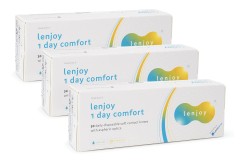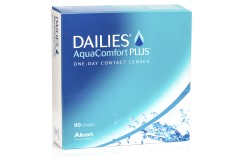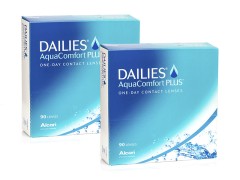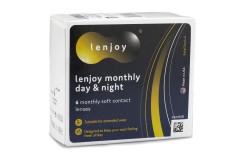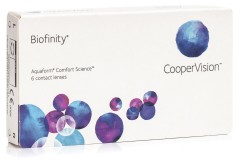Winter sports for spectacle wearers: Caution on the slope

Winter time again. It's getting cold outside, the Christmas holidays are just around the corner. Many will enjoy the festive season spending their holidays in the snow, whizzing down the piste on skis or snowboards. But did you know that the majority of all ski and snowboard accidents are caused by visual errors?
The importance of visual aid on the slope
In fact: 80 percent of all accidents in sports, without the involvement of others, are caused by visual and perceptual errors, and skiing is no exception.Studies have shown that skiing performance and accident risk are directly related to visual perception.1 This means that, just as in road traffic, the correct visual aid must also be employed on the piste. Many of us therefore wear their glasses on the slope. It may happen, however, that your glasses get in the way of your ski goggles and helmet, which can become very uncomfortable. The glasses quickly begin to fog up, the ski goggles do not fit properly over the glasses, or the helmet presses the temples of the glasses on the nose and ears.
Thus many skiers and snowboarders go on the slope without helmets and ski goggles, in order to wear their glasses. However, this does not only endanger their safety, as they risk serious injuries in the event of a crash. They may also damage their eyes, as glasses usually do not provide adequate UV protection. In addition, glasses can seriously injure the eye in case of an accident. Ski goggles, just like sunglasses protect against higher UV radiation and can improve vision. 2
So what can you do to protect yourself?
-
Simply use contact lenses under your ski goggles
Protect yourself from accidents and dangerous UV radiation! Contact lenses can be easily worn under ski goggles and your helmet without fogging up or slipping. While contact lenses guarantee the best possible vision and prevent accidents, ski goggles offer sun and glare protection.
-
Choose oxygen-permeable lenses
Physical exertion during Winter sports results in an increased need for oxygen. The cornea in the eyes is also affected. It is therefore advisable to choose contact lenses that provide sufficient oxygen for the eyes in dry winter air or windy mountain slopes.
-
Make use of appropriate ski goggles and sunglasses
As snow can reflect up to 80 percent of light compared to normal ground surfaces, it is vital that you choose sunglasses or goggles that are specifically designed for winter sports and absorb at least 95 percent UV rays.


